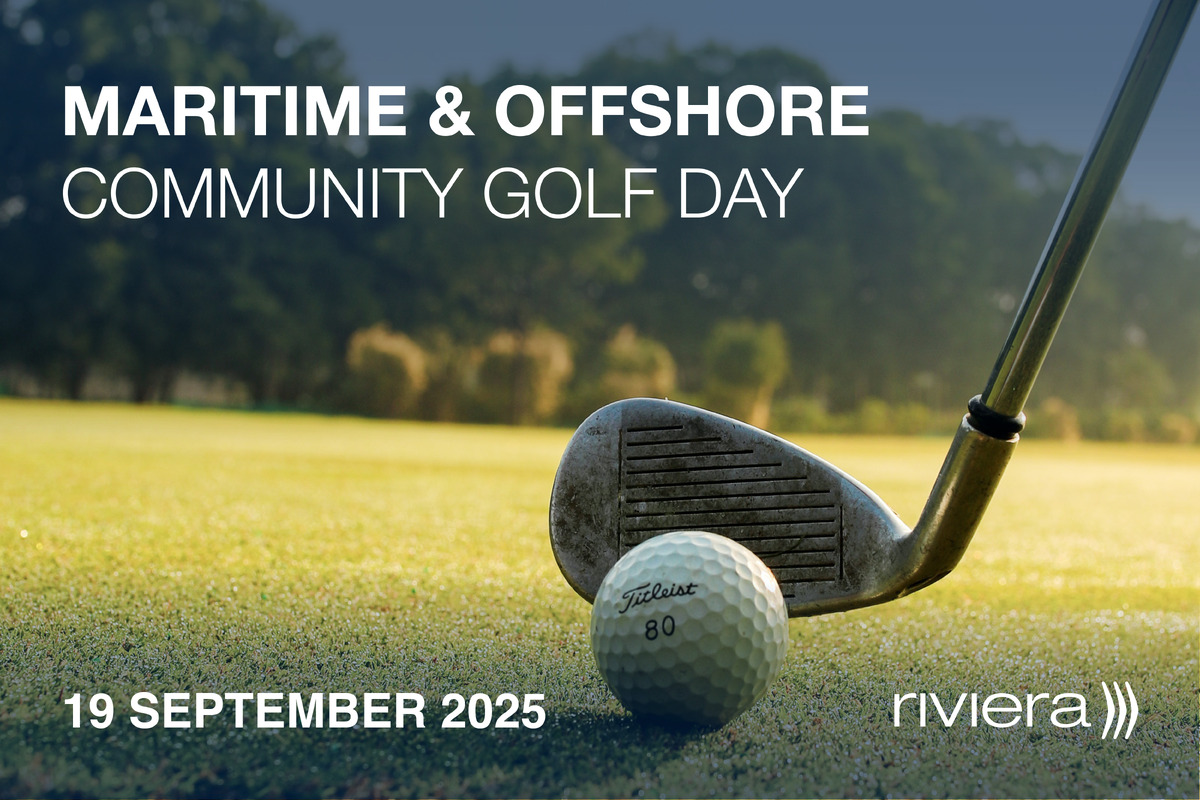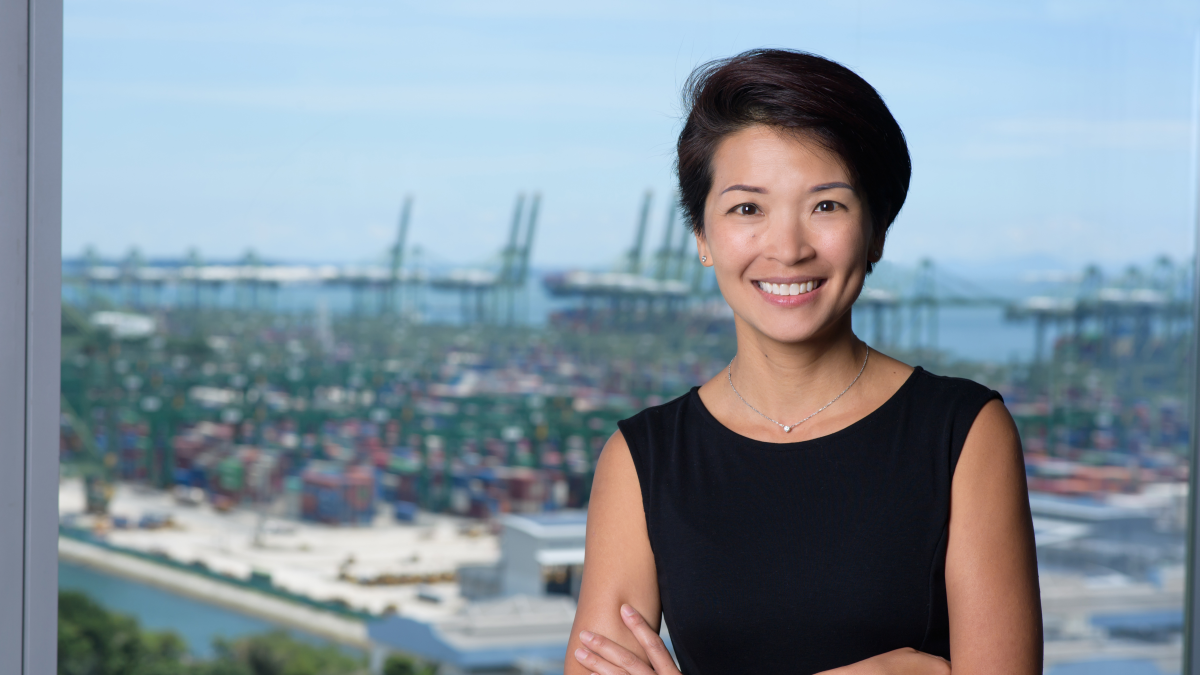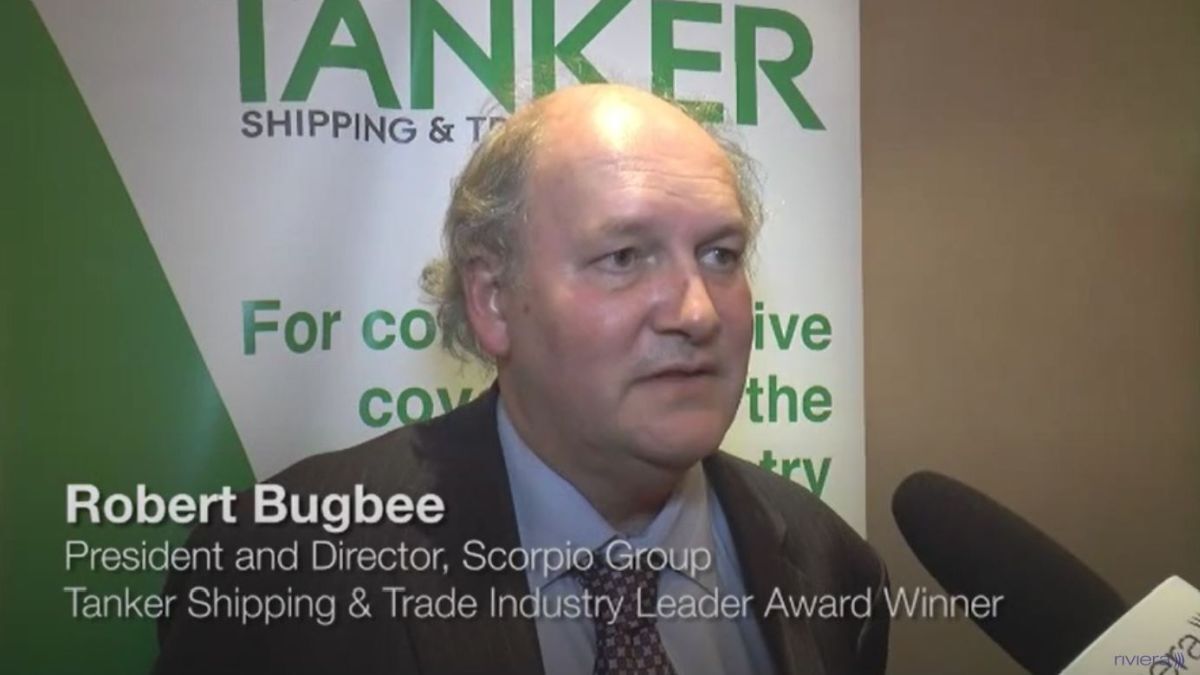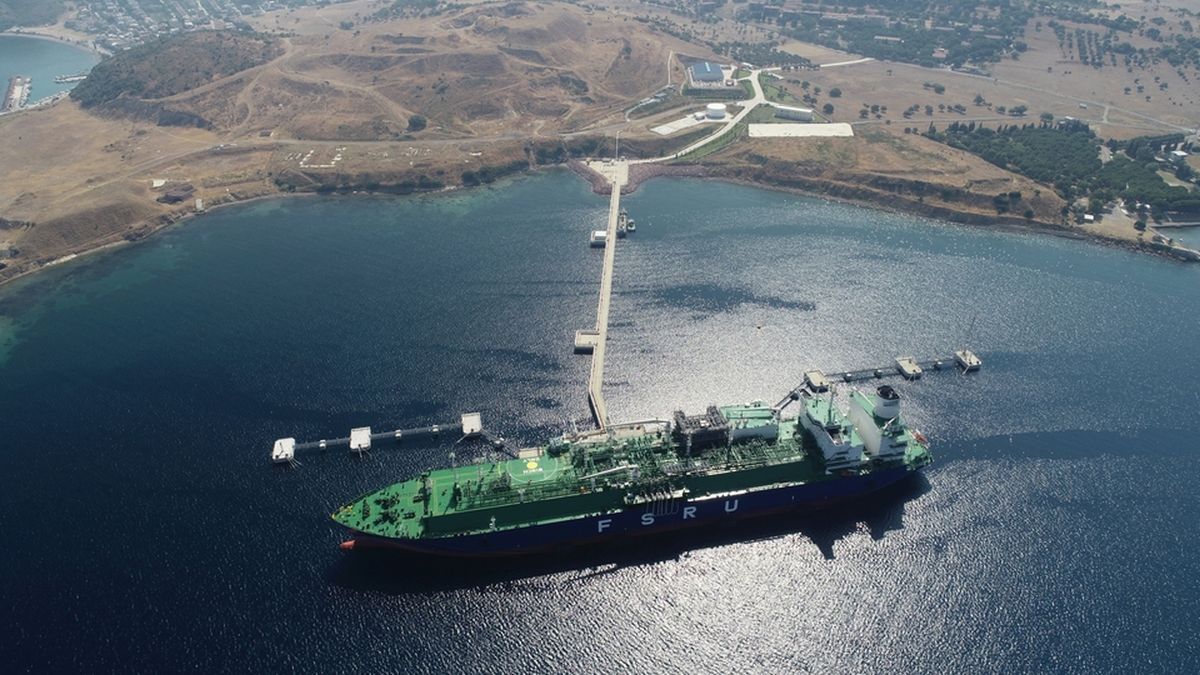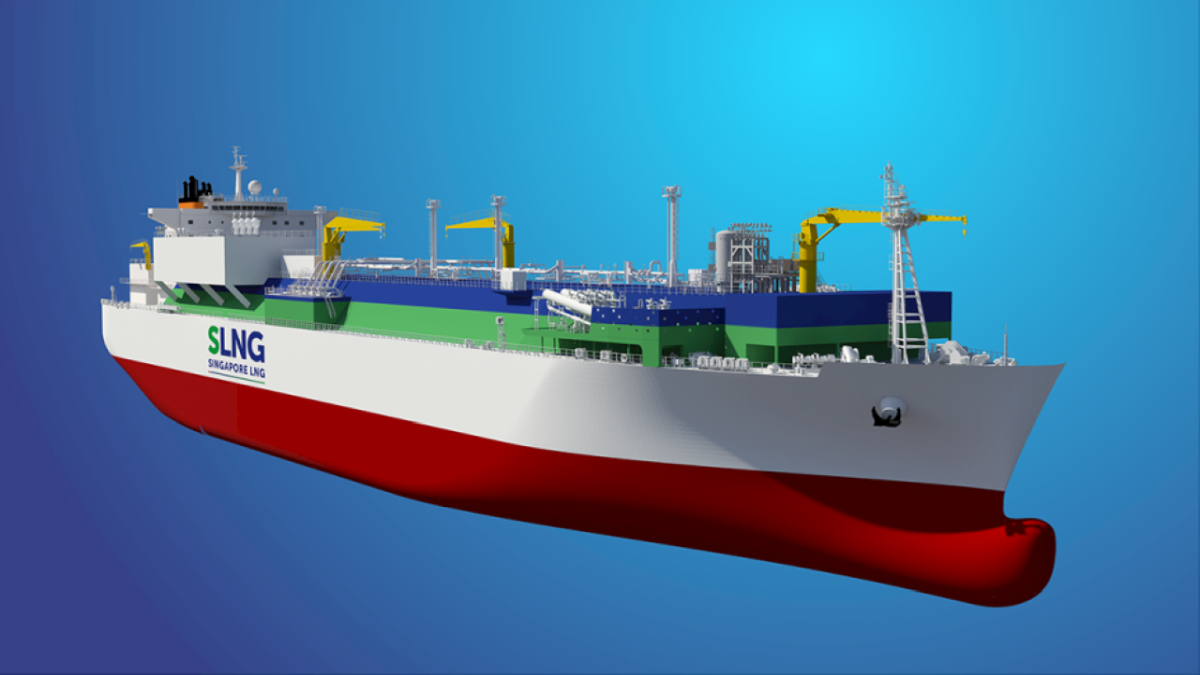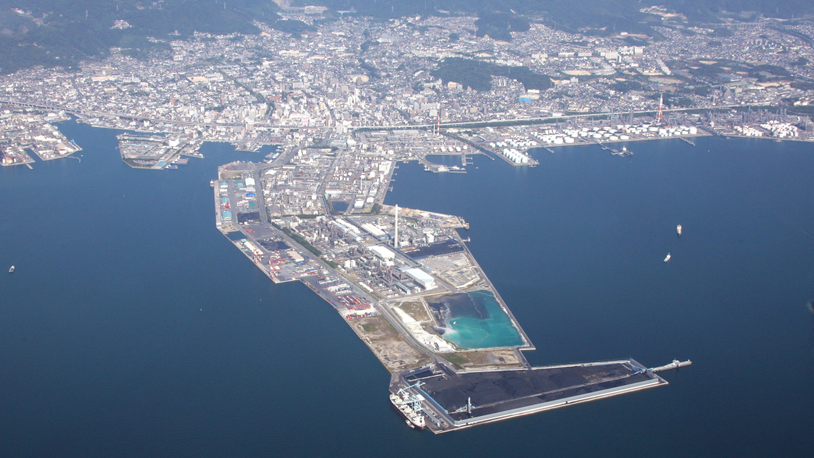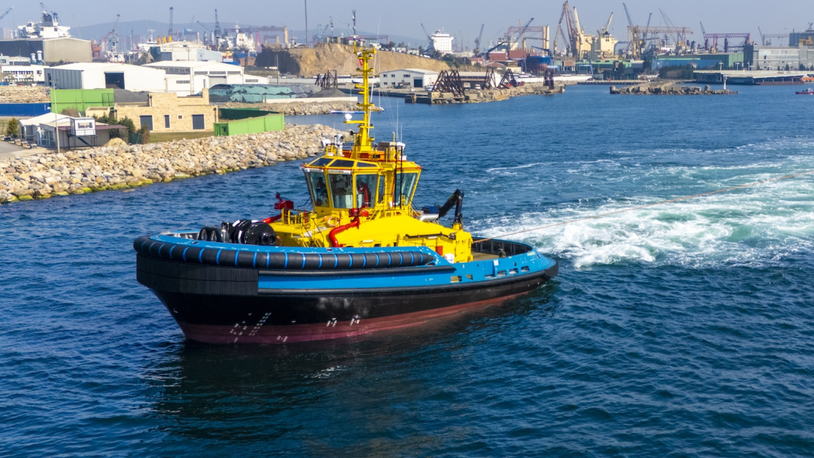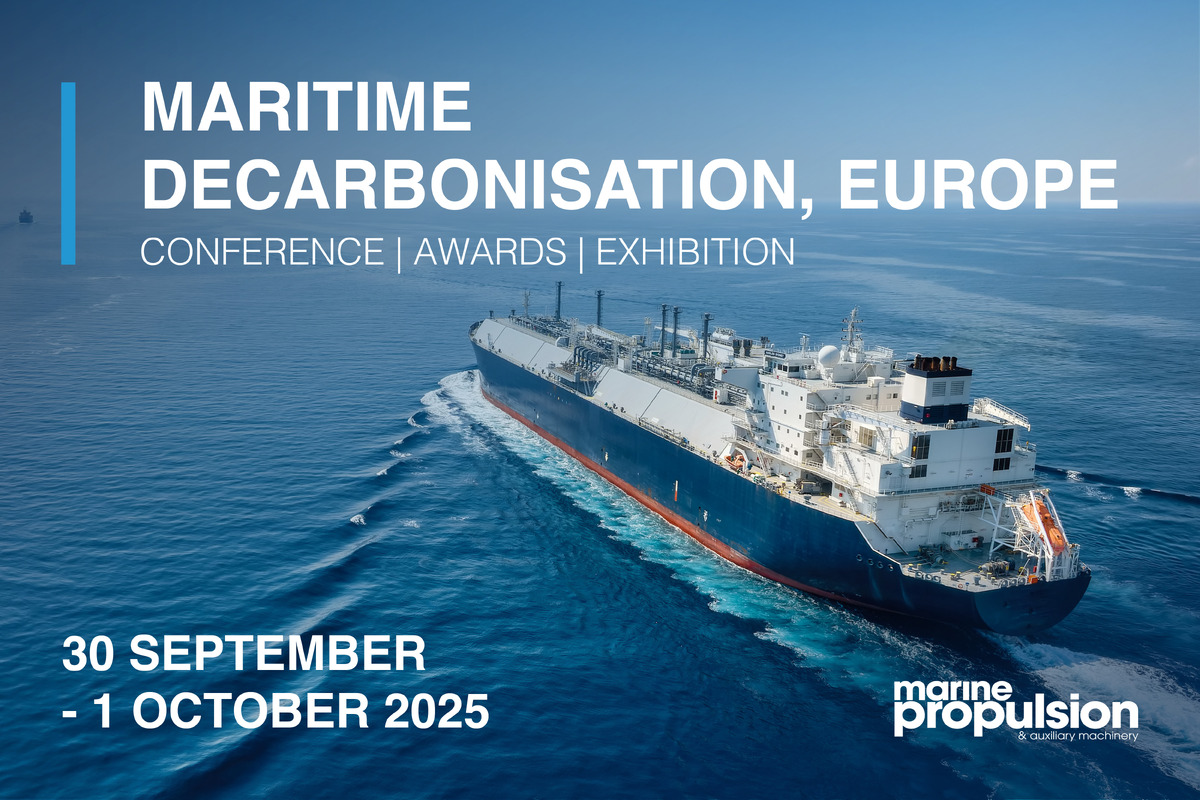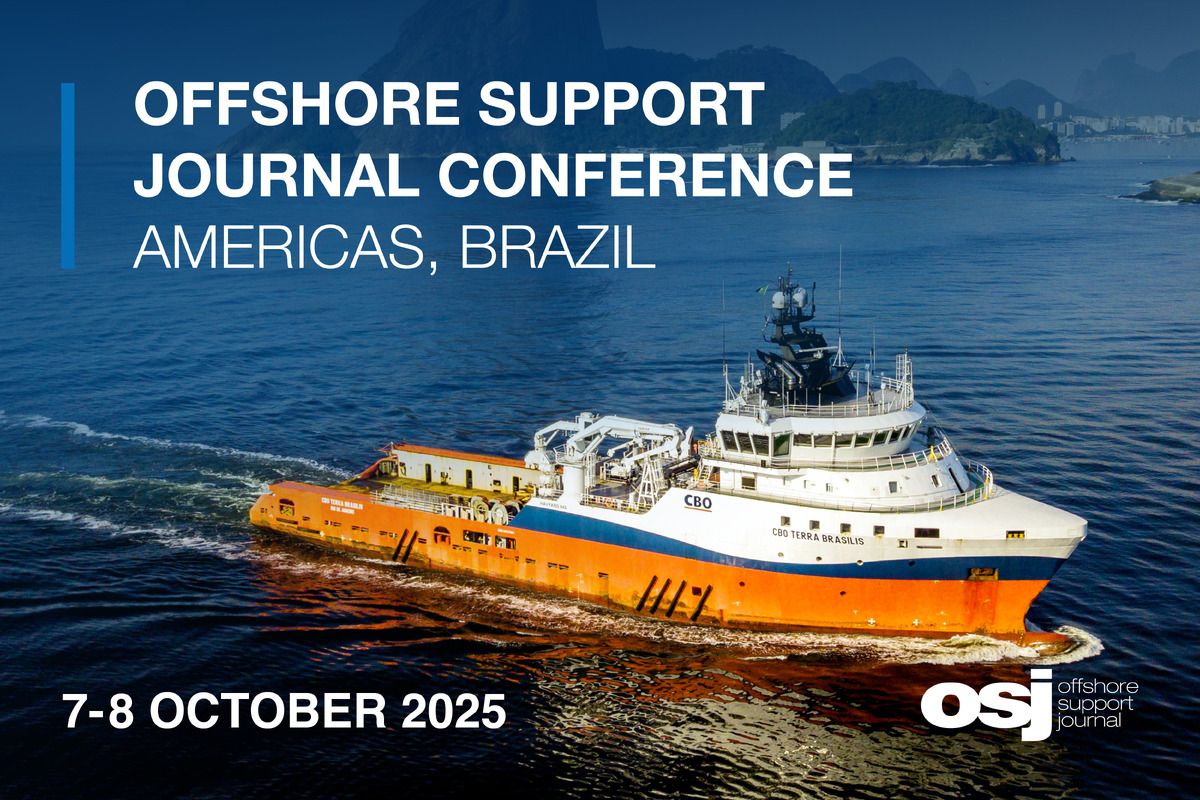Business Sectors
Contents
Register to read more articles.
Methanol as a marine fuel: the pros and cons
VPS Group commercial director, Steve Bee, examines the positives and negatives of using methanol in shipping, highlighting recent bunkering experience and standards
Shipping bunkers 230M mt of fuel per year. Burning this fuel equates to emissions of 716M mt of CO2e, as most of the fuel burnt is traditional fossil fuels. However, a growing list of environmental legislation and directives to reduce SOx, NOx, particulate matter, CO2, methane, and other greenhouse gases (GHG) is driving the development of alternative low- to zero-carbon fuels for marine use.
One of those fuels in methanol. Methanol bunkers and bunkering facilities are growing, with 13 ports now offering fuel. But this methanol is predominantly grey, meaning its tank-to-wake emissions are like conventional fossil fuels. To reduce GHG emissions, shipping must look to use the sustainable ‘green’ methanol options of e-methanol, bio-methanol, or blue methanol.
IRENA forecast e-methanol will reach a production level of 250M mt and bio-methanol will reach 135M mt by 2050.
As with all fuels, there are numerous pros and cons to using methanol as a marine fuel. Methanol fuel handling and management is certainly easier than that for LNG, with retrofit costs being less expensive and easier. Plus, green methanol sources offer almost near-zero GHG emissions.
“Green methanol sources offer almost near-zero GHG emissions”
In terms of ECA compliance, methanol conforms to SOx, NOx and PM content. It is biodegradable, miscible with water and a liquid at atmospheric pressure, all of which are positive factors in terms of fuel management and handling.
As demand grows, methanol should become more cost competitive, with an increasing number of ports providing methanol.
However, methanol has half the energy of maritime’s current fossil fuels and a flash point of only 12ºC. Current availability of green methanol is still an issue, and some green methanol projects have been cancelled.
Over the past two years, VPS has made significant investments in new laboratory equipment, plus the training of laboratory staff, technical advisors, and bunker quantity surveyors, in order to survey, sample and test methanol bunkers.
In 2023, VPS was the partner of choice to Maersk and undertook work during the maiden voyage of Laura Maersk. We surveyed, sampled, and tested, the methanol loadings in Singapore, Port Said and Rotterdam. As part of the requirements, changes to bunkering practices and procedures included heightened H&S processes, increased levels of tank cleaning, the use of closed-sampling devices and the use of biofuel as the pilot fuel, which also required testing. Testing was under the International Methanol Producers and Consumers Association specification, with the results all on specification from all three loadings.
Since then, VPS has also worked with OCI, covering similar work on ECO Maestro.
Singapore is expected to announce a new technical reference standard for methanol, which covers fuel transfer, quality, and quantity measurements, as well operational and safety instructions as well as crew training.
In November, the International Standards Organisation (ISO) published its international standard for methanol as marine fuel, ISO 6583:2024. This standard sets the requirements and limits for three methanol grades for marine: MMA; MMB; and MMC. It uses the IMPCA specifications as a starting point, with some properties less critical for marine and other fuel-related aspects not covered. Grade MMC allows for wider tolerances in certain characteristics compared to MMB, while MMA includes additional requirements for lubricity and cleanliness. The new Singapore Methanol Standard will refer to ISO 6583 for quality requirements under its custody transfer section.
Editor’s note: This article was published on vpsveritas.com and has been edited for length
Related to this Story
Events
Maritime & Offshore Community Golf Day 2025
Offshore Wind Webinar Week
Maritime Decarbonisation, Europe: Conference, Awards & Exhibition 2025
Offshore Support Journal Conference, Americas 2025
© 2024 Riviera Maritime Media Ltd.
